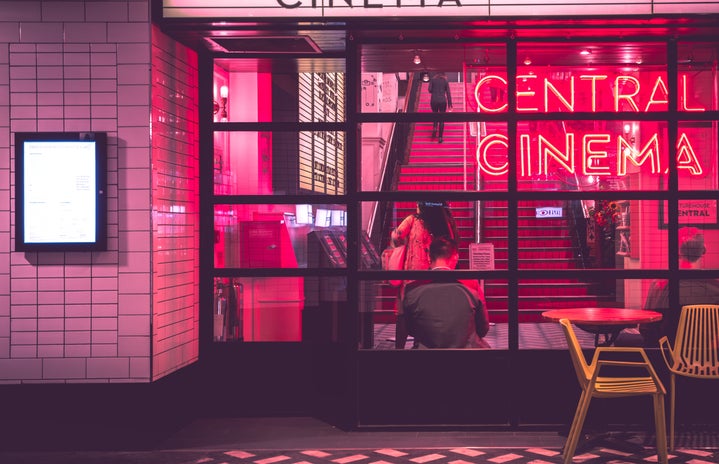As a lifelong fan of Harry Potter, I’ve always adored anything related to J.K. Rowling’s intricate magical universe. You can imagine my excitement, then, when Fantastic Beasts and Where to Find Them first came out. With the wonderfully quirky, loyal Newt Scamander, a plethora of whimsical magical creatures, and an introduction to the wizarding world in America, the film transcended all of my expectations. I loved Eddie Redmayne’s kind-hearted, heroic Newt, I loved the determination and strength of Tina (not to mention her bob haircut, which looks a bit like mine!), I loved the wintery New York setting, I loved the storyline, I loved seeing the wonderful creatures I read about in the books, I loved delving into the magical politics and controversies of 1920’s America… I loved it all.
It’s no surprise, then, that I thoroughly enjoyed this year’s Fantastic Beasts: The Crimes of Grindelwald, the widely anticipated second film in the series. Its darker turns, rising conflicts, and exciting developments left me not only pondering mysterious details of the plot, but excitedly speculating about what could come next.
I was surprised, however, to hear so many people express disappointment in the film — that it was too confusing, that it was weak, that there were unnecessary details, etc, etc. Honestly, while I agree that the film was much darker than the first, gave us several unexpected twists, and left us with a lot of questions, I think all of that emphasizes the darker, more complicated atmosphere of the period of wizarding history presented. Grindelwald is growing in power, and it’s a frightening, tense time for witches and wizards. So to me, the fact that the film leaves us with some huge, mysterious questions actually makes quite a lot of sense. Plus, I don’t know about you, but I adore mystery — and instead of pointing out and searching for every little last inconsistency or confusing detail, I think we should enjoy that mystery for what it is and celebrate what makes The Crimes of Grindelwald so good.
In particular, the film gives us several heart-warming moments between Newt and Tina, developing these two unique characters and their relationship in a very sweet way. It gives us another look into Newt’s magical case, introducing more of the magical creatures that charmed us in the last film — my personal favorite is Pickett the Bowtruckle, but we also get to see some adorable baby Nifflers and a magnificent Kelpie. We get to see a young, energetic Dumbledore — Jude Law perfectly captures his quirkiness and wisdom — and learn more about his ties to Grindelwald. We get to go back to the Hogwarts we know and love, to what the school was like before Harry’s time. We get the beginnings of intriguing backstories for the Lestrange family and for Nagini, who turns out to be more of a character than most of us ever really imagined. And amidst all the twists and turns of wizarding politics, we see the turbulence of the times and the conflict threatening to split the wizarding world — and some of the characters — in two.
At the end of the day, I found Fantastic Beasts: The Crimes of Grindelwald charming, dark, whimsical, and intriguing. Amongst its mysteries and unexplained details, I find so much to love — and I trust that the next film in the series will not only clear up some of the burning questions we all have, but bring us more of Rowling’s lovely, whimsical, truly magical wizarding world.

